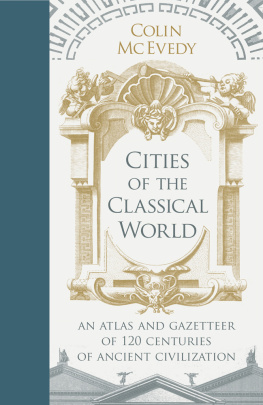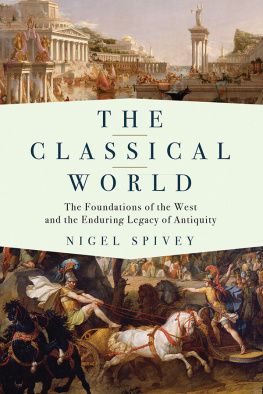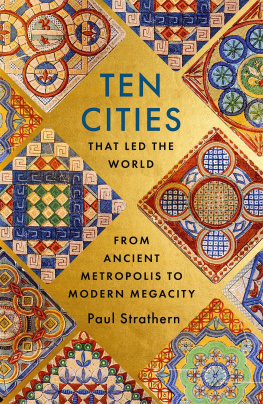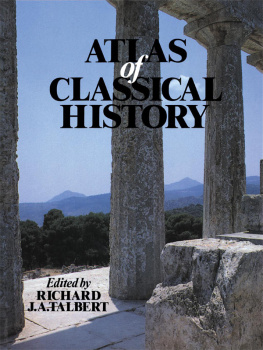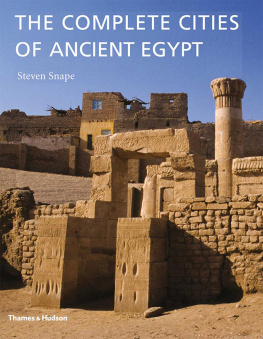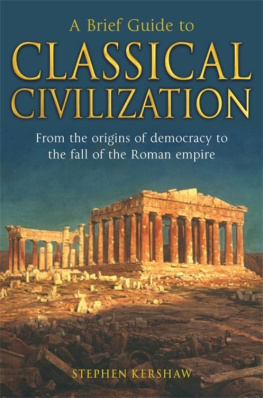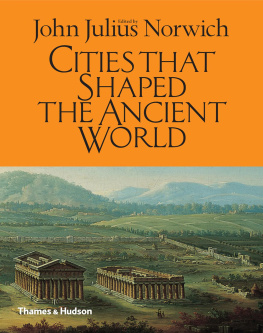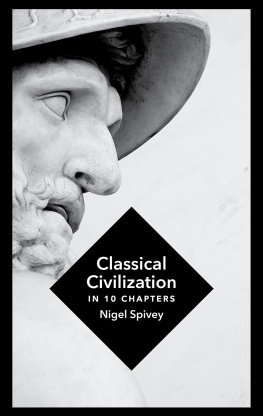
COLIN MCEVEDY
EDITED BY DOUGLAS STUART OLES
Cities of the Classical World
An Atlas and Gazetteer of 120 Centres of Ancient Civilization

ALLEN LANE
an imprint of
PENGUIN BOOKS
ALLEN LANE
Published by the Penguin Group
Penguin Books Ltd, 80 Strand, London WC2R 0RL , England
Penguin Group (USA) Inc., 375 Hudson Street, New York, New York 10014, USA
Penguin Group (Canada), 90 Eglinton Avenue East, Suite 700, Toronto, Ontario, Canada M4P 2Y3
(a division of Pearson Penguin Canada Inc.)
Penguin Ireland, 25 St Stephens Green, Dublin 2, Ireland (a division of Penguin Books Ltd)
Penguin Group (Australia), 250 Camberwell Road, Camberwell, Victoria 3124, Australia (a division of Pearson Australia Group Pty Ltd)
Penguin Books India Pvt Ltd, 11 Community Centre, Panchsheel Park, New Delhi 110 017, India
Penguin Group (NZ), 67 Apollo Drive, Rosedale, Auckland 0632, New Zealand
(a division of Pearson New Zealand Ltd)
Penguin Books (South Africa) (Pty) Ltd, 24 Sturdee Avenue, Rosebank, Johannesburg 2196, South Africa
Penguin Books Ltd, Registered Offices: 80 Strand, London WC2R 0RL , England
www.penguin.com
First published by Allen Lane 2011
Copyright the Estate of Colin McEvedy, 2011
New material and revisions copyright Douglas Stuart Oles, 2011
Maps copyright the Estate of Colin McEvedy and David Woodroffe, 2011
The moral right of the revisions author has been asserted
Cover design: Coralie Bickford-Smith
All rights reserved
Without limiting the rights under copyright reserved above, no part of this publication may be reproduced, stored in or introduced into a retrieval system, or transmitted, in any form or by any means (electronic, mechanical, photocopying, recording or otherwise), without the prior written permission of both the copyright owner and the above publisher of this book
ISBN: 978-0-14-196763-9
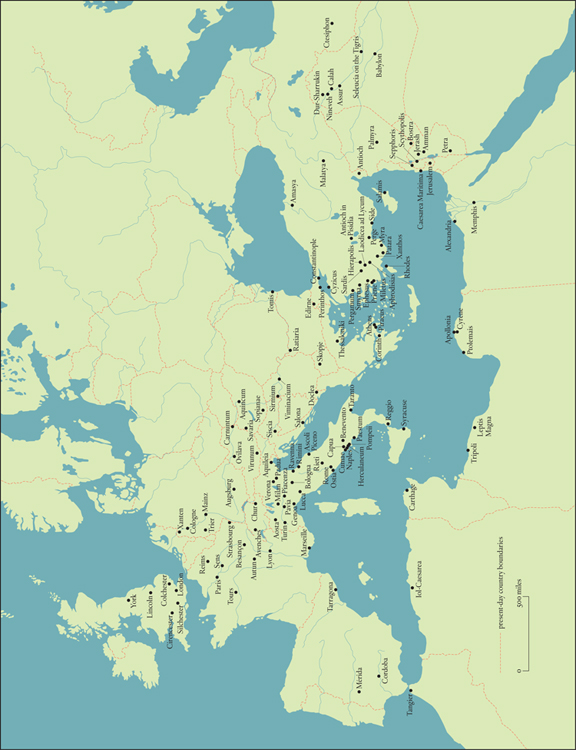
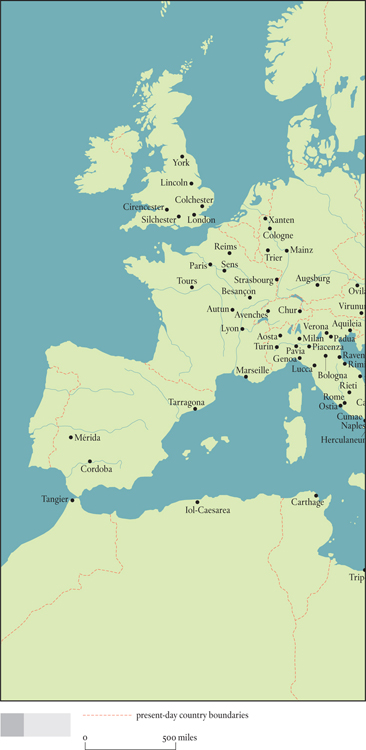
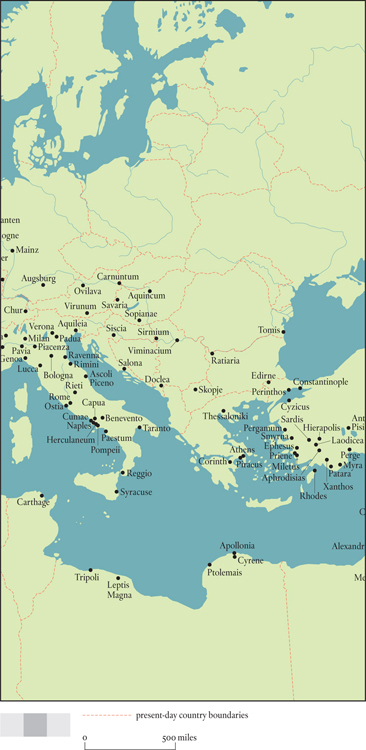
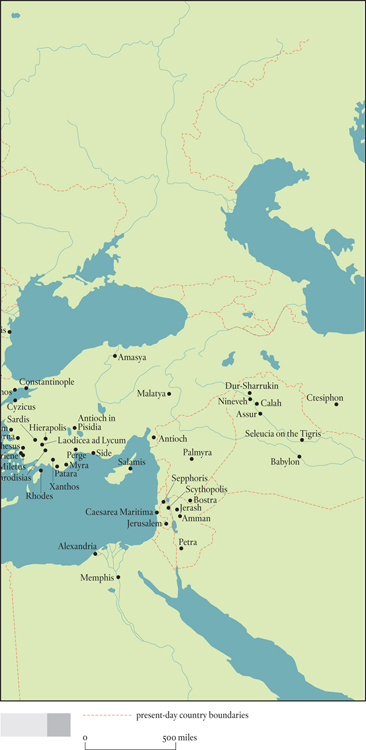
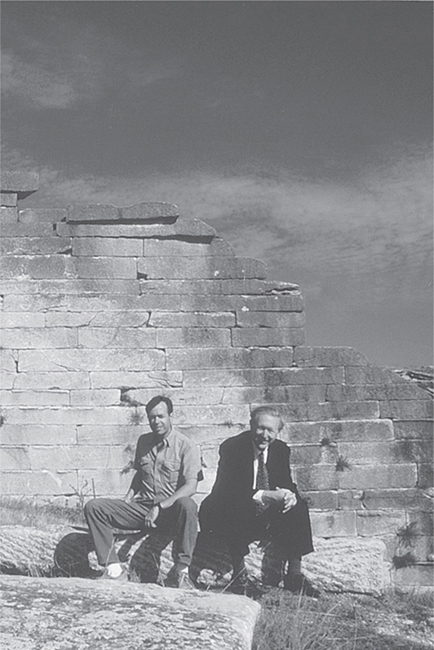
Colin McEvedy (right) and Douglas Oles in 1996 at the ruins of the Roman theatre in Aizanoi, Turkey.
Introduction
Colin Peter McEvedy, psychiatrist, historian, demographer and polymath as the Independent later described him, was born in Salford, Lancashire, on 6 June 1930, the second son of a surgeon. His father sent him to Harrow, where he fell in love with jazz and ancient history and won a scholarship to Magdalen College, Oxford. There he read Medicine and kept a pet python.
Although history remained his great intellectual passion, McEvedy met family expectations and joined his two brothers in the medical profession. In fact, he achieved a certain degree of notoriety as a psychiatrist. In 1970, while at the Middlesex Hospital, he co-authored two controversial papers on a mysterious epidemic which, fifteen years earlier, had overtaken 300 of the live-in nursing staff at the Royal Free Hospital. Not a single patient was affected, and no causative organism was ever found. The condition had been ascribed to a benign form of encephalomyelitis. McEvedy argued persuasively that it was an epidemic of conversion hysteria triggered by fear of contracting polio. This was not kindly received by the medical profession, and something of a rumpus followed. In 1972 he was appointed Consultant Psychiatrist to Ealing Hospital, where he helped to design a new acute unit in which each patient had an individual room.
As it turned out, Colin McEvedy became much better known as the author of more than half a dozen historical atlases, most of which remain in print. These atlases, illustrated with his own (originally hand-drawn) maps, were translated into many languages and enjoyed by historians and teachers as well as the common reader.
In 1978 McEvedy with Richard Jones published an Atlas of World Population History, reflecting his long-time interest in the growth and shifting of populations. He next conceived an atlas with separate entries on every city in the Roman Empire that ever achieved a population of at least 10,000 persons. His idea was to accompany each historical summary by a map, and each map would be drawn to a common scale. This unprecedented approach would allow readers to readily grasp the differences in size between the various cities being considered. At the time of his death, McEvedy was nearing completion of this, in many ways his most ambitious, undertaking, one that he often despaired of finishing and several times put aside, only to take up again.
The development of this atlas was a task of many years, and drew on an enormous number of reference materials, some quite rare and others never translated into English. In researching it, McEvedy had the advantage of his own extensive library; he also spent hundreds of hours delving through infrequently disturbed shelves in the London Library. In his last years he became devoted to the more specialized shelves of the Classics Library at Senate House.
Over time, McEvedys ambitious design for the book expanded. He added some smaller towns that he thought would be of interest to general readers, even though they didnt meet his initial criterion of 10,000 inhabitants. He also attempted to estimate the populations of each city, based on combining written historical sources with knowledge of the areas enclosed by each citys walls. McEvedy was on the conservative side in his population estimates, arguing that many other modern historians had inferred unreasonably high population densities in ancient cities. As a skilled synthesizer of complex information, he explained his reasoning clearly and convincingly.
As a starting point for his population estimates, McEvedy typically looks at the fragmentary ancient sources. For example, in his chapter on Alexandria, he begins with a census of buildings that dates from the third or fourth century AD . He also considers (e.g. at ) the fact that many citizens of ancient city-states often lived outside the city walls. His population figures for Athens derive in part from Herodotus estimate of freeborn males that probably reflects a census of the late sixth century BC . For Constantinople, he begins with known information about the number of Roman wheat rations that were available to be diverted from Egypt in the early fourth century AD . For Rome, he triangulates between several bits of information, including a fourth-century survey of houses and the recorded wheat rations in earlier reigns. McEvedy extrapolates the available data on a few cities to the larger number of communities for which no ancient population records survive, blending his knowledge about the areas enclosed by city walls and the portions of each site that were actually inhabited with archaeological evidence of changes in density of residential architecture over time. He also considers the major reductions in population resulting from wars and plagues, which he discusses in a number of entries. The credibility of McEvedys population estimates is attested to by the success of his groundbreaking
Next page
